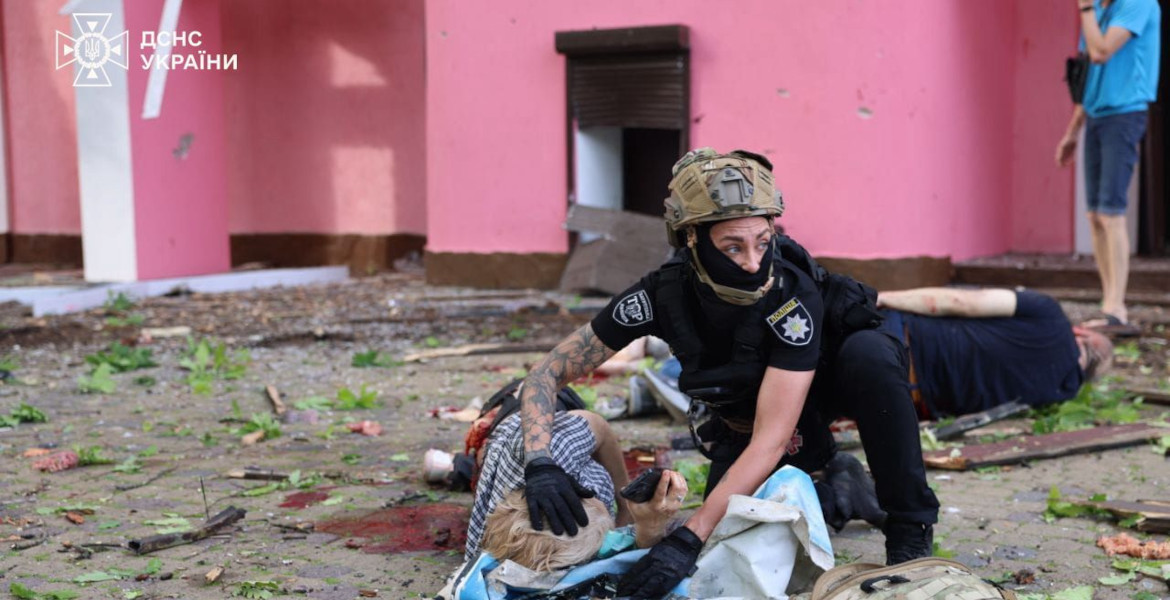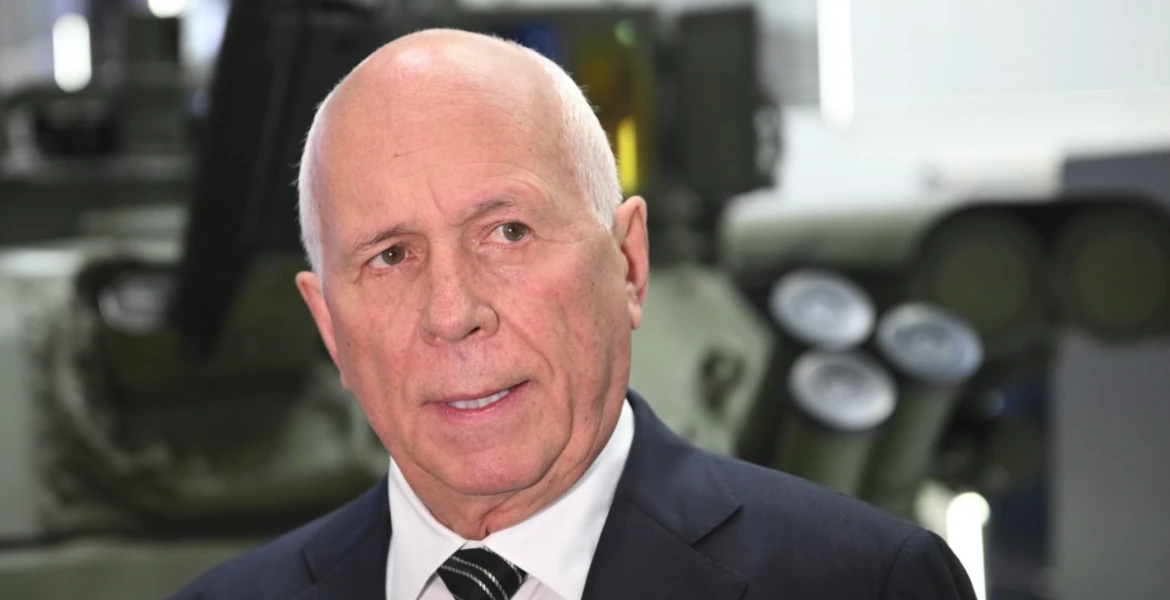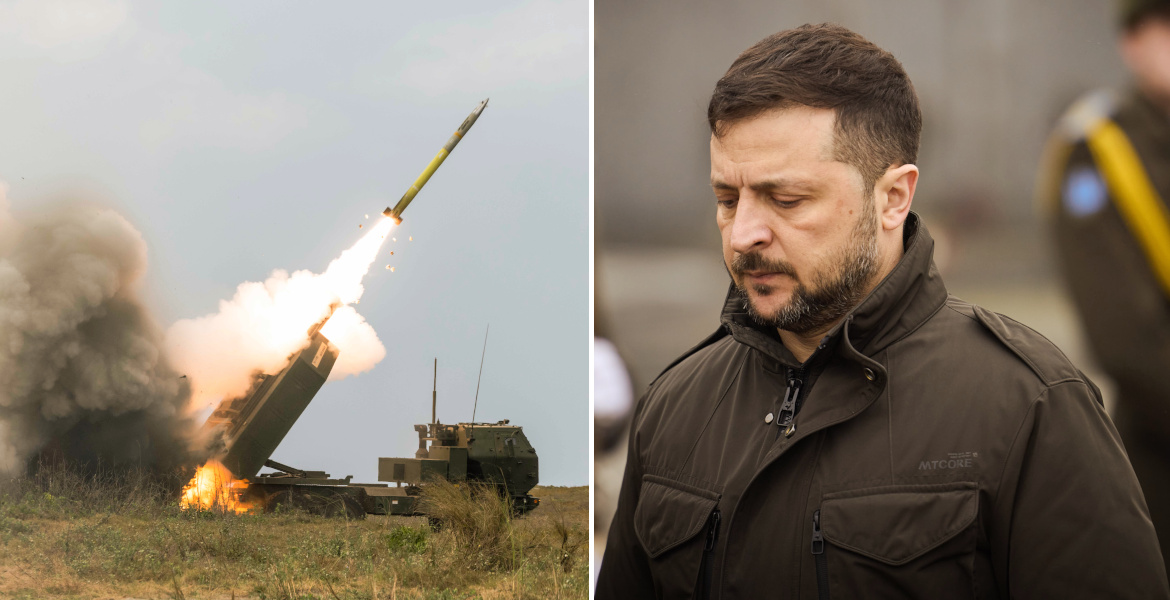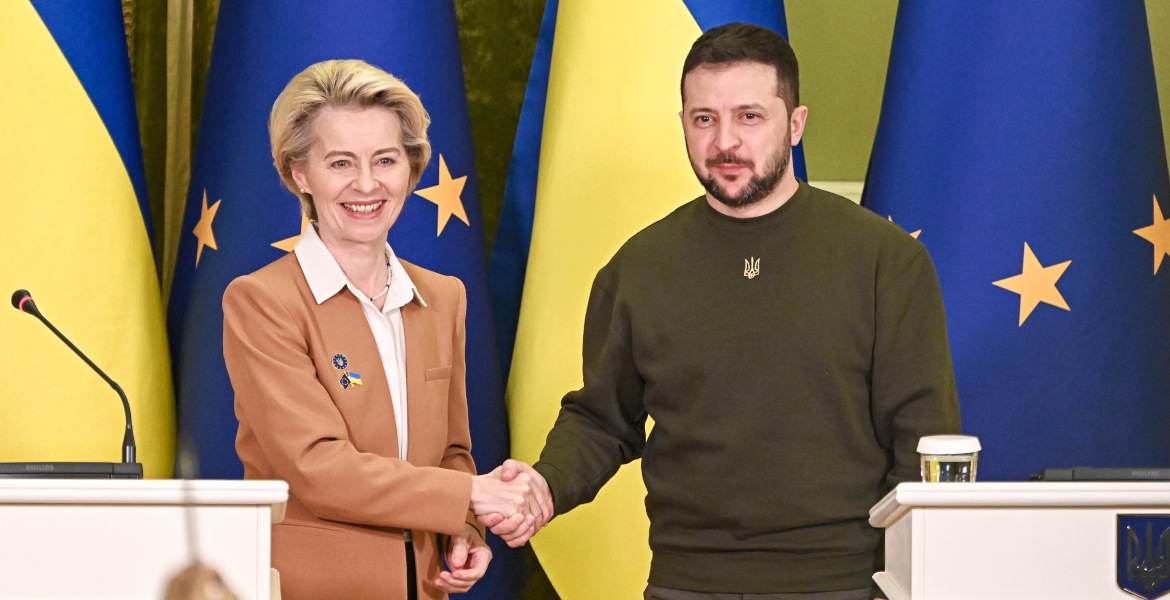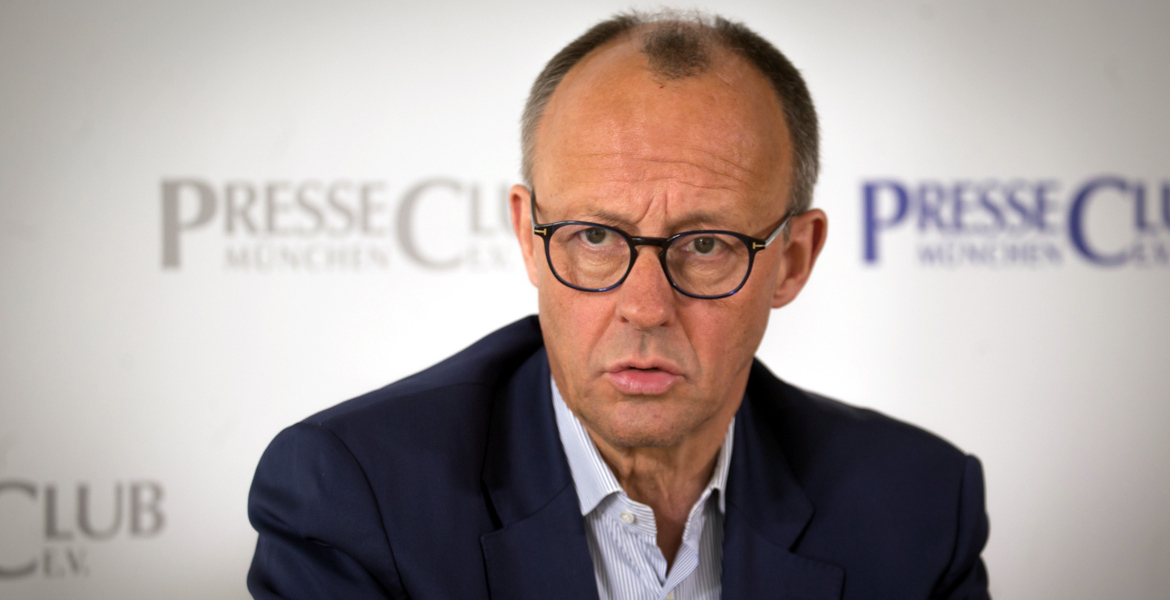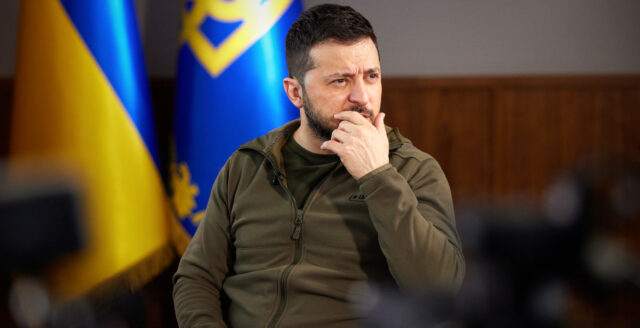The number of civilian casualties in Ukraine reached its highest level since 2022 during June 2025, according to a new report from the UN Human Rights Monitoring Mission in the country. At least 232 civilians were killed and 1,343 injured during the month – figures that testify to a dramatic escalation in how the war affects the civilian population.
The UN report shows that Russia conducted 10 times more missile attacks during June 2025 compared to the same month the previous year. The attacks hit 16 regions in Ukraine, including the capital Kiev, and caused deaths and injuries far from the front lines.
"Civilians across Ukraine are facing levels of suffering we have not seen in over three years", says Danielle Bell, head of the UN Human Rights Monitoring Mission in Ukraine.
According to the report, almost half of all civilian casualties were caused by missiles and aerial bombs in densely populated areas. Meanwhile, short-range drone attacks continued to kill and injure civilians near the front lines.
Targets of the Russian attacks
Based on reports from the conflict, Russian attacks primarily target energy infrastructure such as power plants, gas storage facilities, and power lines. Russia has systematically attacked Ukraine's energy supply in an attempt to paralyze the country, with over 2,400 attacks on energy facilities since February 2022.
Military recruitment centers and other strategic targets have also been subject to Russian attacks. The Russian Defense Ministry often justifies attacks on energy and fuel facilities by claiming they are used by the Ukrainian military.
Despite these facilities potentially having military significance, the civilian population is severely affected when they are attacked. Civilian casualties occur both from direct hits and from debris from downed missiles when Ukrainian air defenses respond.
Several of the civilian deaths have occurred in nighttime attacks on the capital Kiev, where attacks were previously uncommon. During massive attacks during the night against Thursday in the Kiev region that lasted almost ten hours, Russian forces used 397 Shahed drones and 18 missiles against Ukrainian targets. At least two people were killed and 22 injured in that attack on Kyiv.
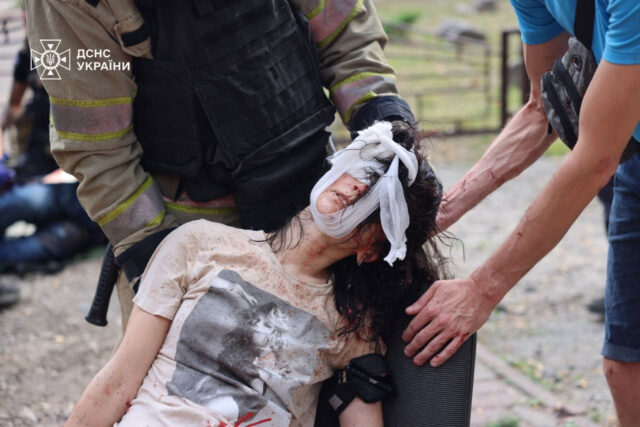
Sharp increase during 2025
The total number of civilian deaths and injuries during the first half of 2025 is 6,754 people, which is 54 percent more compared to the same period in 2024. During the first six months of 2025, the number of civilian deaths increased by 17 percent and injuries by 64 percent.
Since the war broke out on February 24, 2022, the UN monitoring mission has registered at least 13,580 civilian deaths, including 716 children. Additionally, 34,115 injured civilians were reported, including 2,173 children.
The UN monitoring mission warns that the actual figures for civilian casualties may be significantly higher than what is reported, given the challenges and time required for adequate verification of all deaths and injuries.
"No place in Ukraine is completely safe"
Danielle Bell from the UN monitoring mission has previously warned: "Almost half of the civilian casualties over the past three months have died far away from the front lines. We can conclude that no place in Ukraine is completely safe".
No peace is yet in sight in the over three-year-long armed conflict between Russia and Ukraine that continues with Western involvement.
